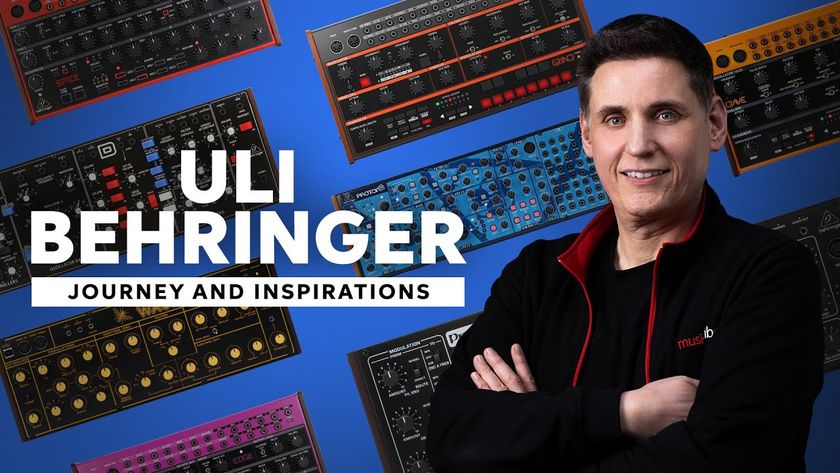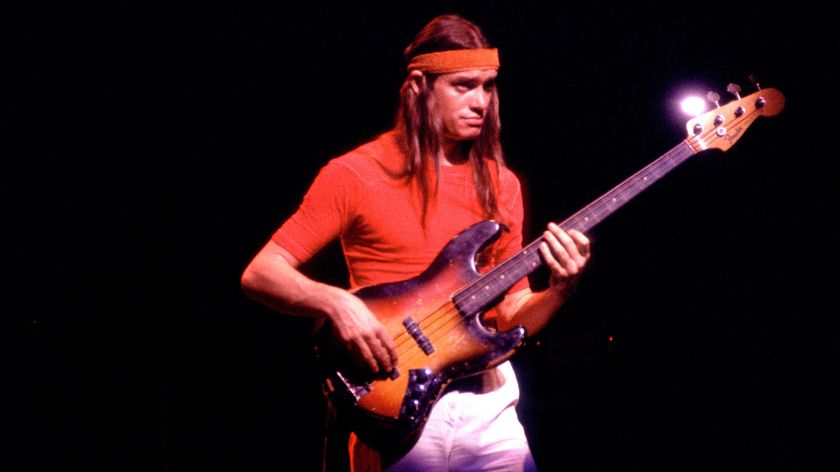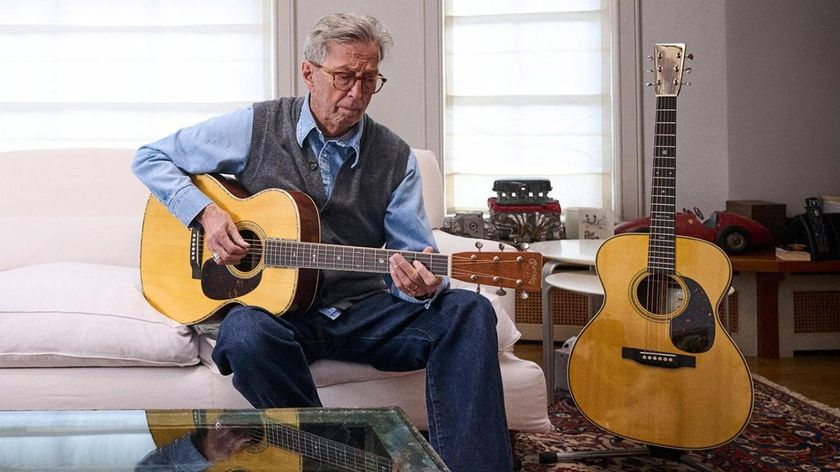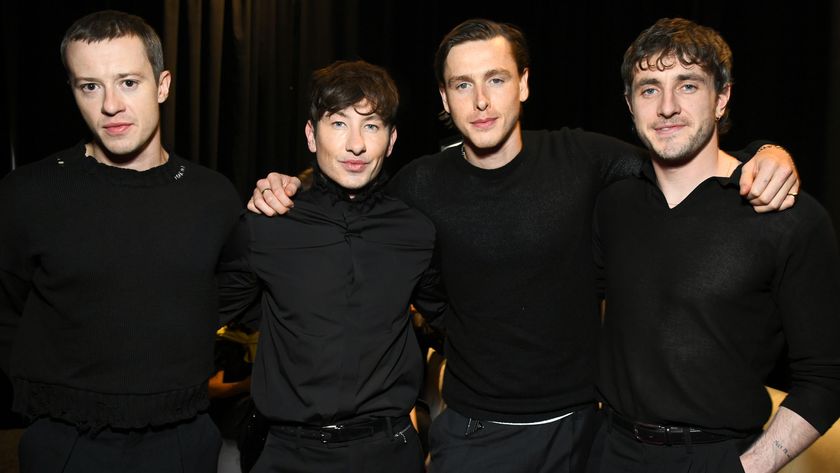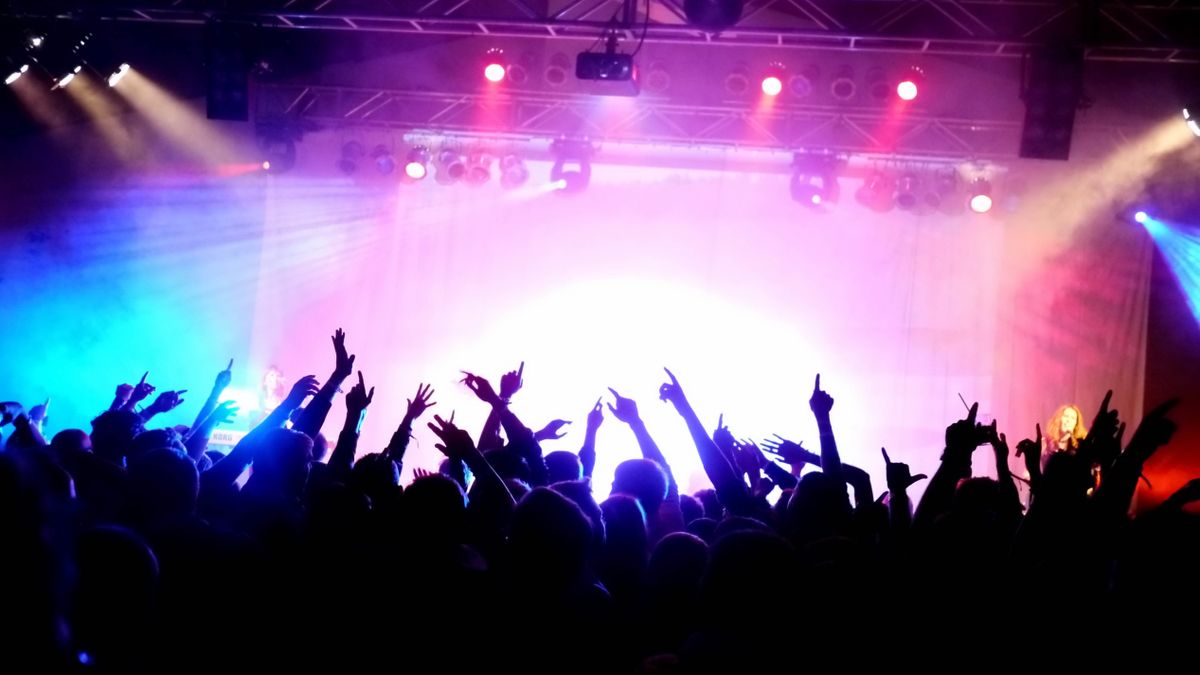
The return of live music is finally on the horizon, to the relief of artists, labels, venues and of course audiences everywhere. And it can’t come fast enough. 2020 was a tough year for the music industry in general.
We need to take steps to make audiences feel comfortable returning to a live music setting
The devastation of the live music scene and the forced move of everything to “online” cushioned the impact for some, but for others it decimated their business.
With restrictions still in place for the immediate future, most significantly the limit on the numbers of people that can attend live music events, there is a danger of one or more of the parties involved in creating live music missing out when it returns.
Everyone is keen to start making money from live again, but we need to take care that musicians and venues, the beating heart of the live music scene, aren’t short-changed in the push towards normality.

Even more importantly, we need to take steps to make audiences feel comfortable returning to a live music setting. And this is where new technology can play a key role.
Let’s take merchandise for example - a hugely important part of an artist's revenue that needs to be protected - yet one that remains a very high-risk activity because of the potential to spread the virus as fans try on merch and exchange cash with vendors at the point of purchase.
A few small changes, however, can mitigate the risk and continue to drive revenue for artists - like mandating contactless only payments, or replacing the physical store with an instant online purchase option (possibly using QR codes for patrons to scan to then purchase merchandise online and have it mailed to them).
Get the MusicRadar Newsletter
Want all the hottest music and gear news, reviews, deals, features and more, direct to your inbox? Sign up here.
Enabling user generated content could be a major advantage for venues and artists
For venues looking to maximise the reach of shows, they should consider setting up live streams on gigs for those who can’t attend. As much as we may wish it, not everyone can get back into venues immediately - not all at once anyway - and while a lot of people may be tired of “live” shows being streamed online as a substitute for the real thing, it still presents the best way to deliver experiences beyond the in-person audience.
Luckily this is easier to do than ever, with the pandemic and lockdown galvanizing the event live streaming industry to be more accessible than ever. Similarly, there is the option of distributing live recordings, like the service offered by Exit Live.
Selling recordings of live events comes much closer to live than many people are able to get otherwise and provides a very direct way to support artists.
The unstoppable rise of VR and AR (Virtual/Augmented Reality) over the COVID duration, should also be noted as a key pacemaker that has not only flourished as an industry, but benefited all manners of music-centric parties during lockdowns across the globe.
From online festivals spent walking around a 3D venue as your own custom avatar, to programming the audio in from a set recorded outside of the ‘hub’, there has been a clear bonus in welfare and opportunity.
One example is Tomorrowlands virtual festival, which took place in August 2020 and boasted a roster of 60 artists, 16 webinar sessions & 300TB of footage, not to mention the 1,000,000 strong crowd in attendance over the weekend.
Getting even more technical is the ability to track music wherever it is played through audio fingerprinting. Venues should consider providing the capability to track what songs are being listened to and where to ensure that artists are properly compensated whenever their music is played.
This is important as user generated content from live performances is more prevalent than ever. It is something that the industry was faced with before the pandemic and will continue to be important moving forward.
In fact, enabling UGC could be a major advantage for venues and artists, particularly to convince audiences back into venues that might be a bit (understandably) reluctant to return. Here at TagMix we’re working on putting the power to create high quality UGC directly in the hands of fans.
By replacing the audio taken on videos by users at concerts, clubs and festivals with a real-time, pro-audio stream, straight from the mixing desk, fans can share moments frictionlessly, while also enhancing UGC to make it trackable. This means that the whole music ecosystem - from artists to fans to promoters, to venues and rights owners can benefit from enhanced shareable videos.
Just like the live streamed concerts of the last year, technology in the music space cannot act as a substitute for the experience of live music. But it can make the most out of the limited live music we do still have, and the live music that is set to come in the next few months as we (finally) open back up again.
With innovative ideas for the the live music space largely kept on ice for the last 12 months, we should expect to see a mini-explosion of solutions and tools in the near future looking to improve the space - learning from the lessons of the pandemic to make sure Live Music has a future for generations to come.

“I thought it’d be a big deal, but I was a bit taken aback by just how much of a big deal it was”: Noel Gallagher finally speaks about Oasis ticket chaos

“Some of the biggest artists who are performing have not been announced": Tom Morello teases "surprises" at Black Sabbath's farewell gig, and advises fans to "get there early"
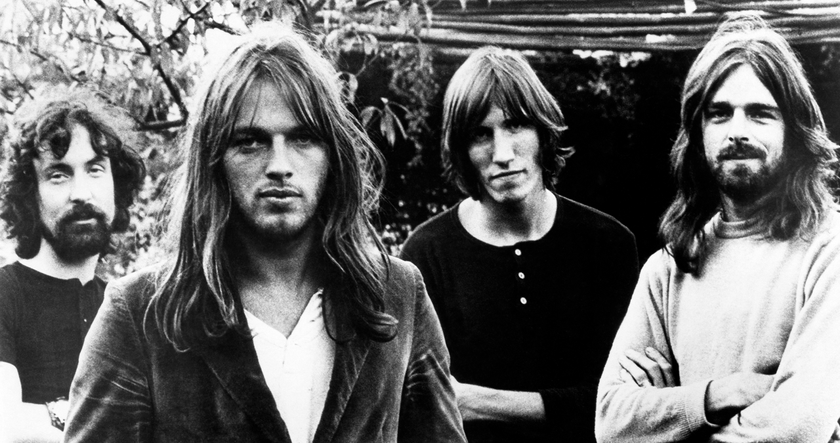


![Chris Hayes [left] wears a purple checked shirt and plays his 1957 Stratocaster in the studio; Michael J. Fox tears it up onstage as Marty McFly in the 1985 blockbuster Back To The Future.](https://cdn.mos.cms.futurecdn.net/nWZUSbFAwA6EqQdruLmXXh-840-80.jpg)
